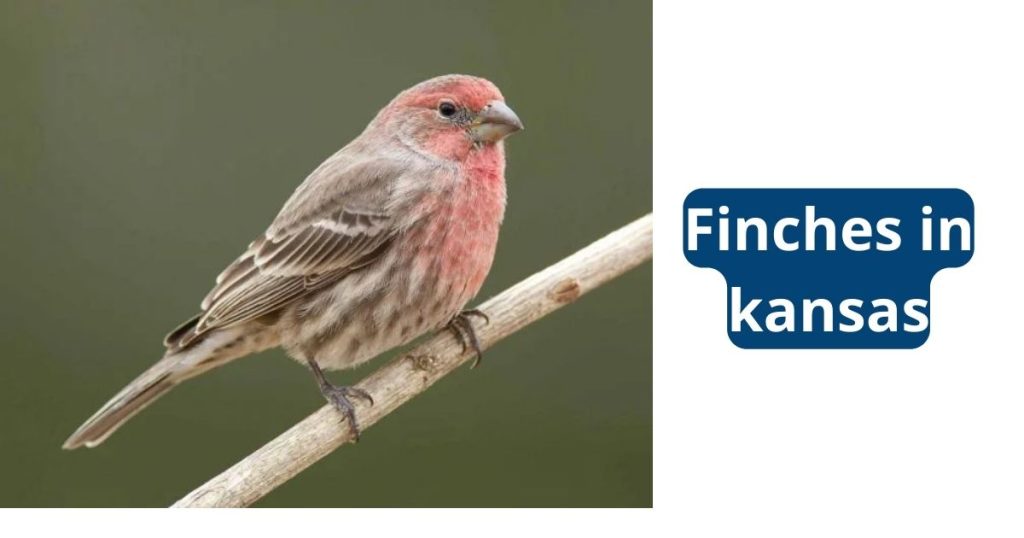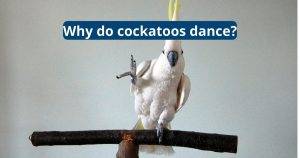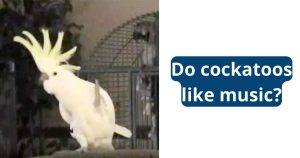Common Finchs in Kansas

Often seen in groups House Finches are year-round residents. They thrive in cities, towns and farmland with lawns, weedy areas and trees but avoid dense forests. They are common visitors to bird feeders and especially love nyjer and black oil sunflower seeds. Listen for their roller coaster-like flight pattern and beautiful series of warbles and chirps. They nest later than most other birds and build cup-like nests in twigs, brush or natural cavities.
American Goldfinch
Goldfinches are most easily spotted at bird feeders in winter. They are a cheerful addition to any backyard, as their colors and songs bring cheer and happiness. Their main natural habitats are weedy fields and floodplains with abundant thistles, but they also favor suburban and urban landscapes including orchards, roadsides and gardens.
These finches are easy to recognize by their black wings and tails with white bars, a notched tail and bright yellow faces, sides and rump. They are often seen in mixed feeding flocks with other finches, juncos and chickadees.
House Finches are residents of Kansas all year and can be found in parks, farmland, or backyards where they visit feeders. Males have a red head and breast and females are brown-streaked. They are most frequently spotted in 21% of summer and 26% of winter bird watcher checklists for Kansas.

Pine Siskin
Pine siskins are rarer visitors to the state than goldfinches, but they sometimes show up in large numbers at backyard feeders. One intrepid birder recently hung a trap with tiny research leg bands and trapped and recorded several hundred siskins in his backyard.
These active birds forage in trees, weeds, and open areas, and also visit seed and nut feeders. They cling easily to mesh and seed feeders, and will occasionally dangle upside down for better access to preferred seeds.
During the breeding season, pine siskins pair in monogamous relationships and build a shallow nest of twigs, grass, leaves, or lichen. In winter, they move around in flocks and are often seen at backyard feeders. These movements are called irruptions and seem to be triggered by poor spruce, fir, or hemlock cone crops in the north.

Evening Grosbeak
The large head and thick beak of the Evening Grosbeak are adapted for cracking open seeds. These birds feed in spruce forests, but are also found at feeders and fruiting shrubs in winter. They have long, black wings and tails and pale yellow body feathers. Nests are shallow cups, built in horizontal tree branches or the vertical forks of spruces. The female builds the nest from small twigs, rootlets, bark, grass, and moss. It may hold as many as five eggs which are incubated for two weeks by the female.
These striking birds often visit backyard feeders and are the most frequent finches recorded on Project FeederWatch in the winter in the United States. Their conspicuous appearance, large numbers, and ability to empty feeders within minutes make them a welcome addition to bleak winter landscapes.

White-winged Crossbill
These birds typically search for seeds in mixed evergreen forests or backyard feeders, mainly in winter. They are often seen in large flocks chirping nonstop, chattering even while they are flying! Their songs are a variety of musical chirps and warbles.
Their crossed beaks serve a purpose: they help them pry open the cones of spruce and tamarack to access their seeds. They can breed at any time of year, depending on a good cone crop.
The nest is a small cup of twigs, grasses, weed stems, bark, feathers and finer materials, lined with moss, hair, weed roots, or lichen. The female lays two to six eggs and she alone incubates them. Attract these finches to your yard with black oil sunflower seeds, millet and nyjer in tube or platform feeders.

Black-headed Grosbeak
In mid-summer, oak woodlands often resound with the insistent whistle of young Black-headed Grosbeaks begging for food. These birds are among the few that can eat Monarch butterflies, despite their toxic chemicals. They often forage in low growth, and hover to catch insects in midair.
They have a stocky appearance with a large, triangular beak. Males have deep blue heads and chestnut wing bars, while females are cinnamon-brown. They are loud songbirds; the male sings a complicated, long series of notes that rise and fall like an American Robin. The female sings a simplified version of the male’s song.
Birders often see Black-headed Grosbeaks at backyard feeders, especially with sunflower seeds and nyjer. They are also regular visitors to wildflower areas, forest clearings, and parks. They breed in western US states and migrate to Mexico for the winter.





